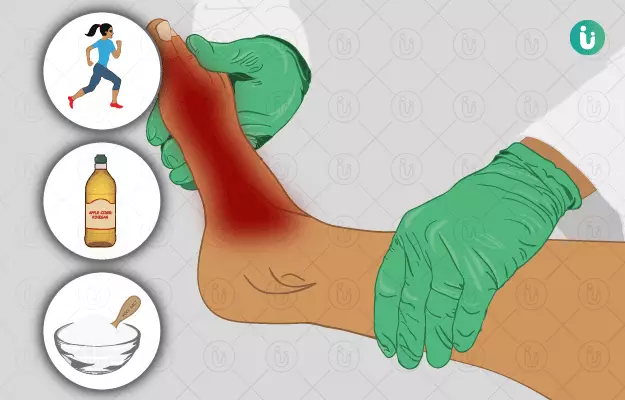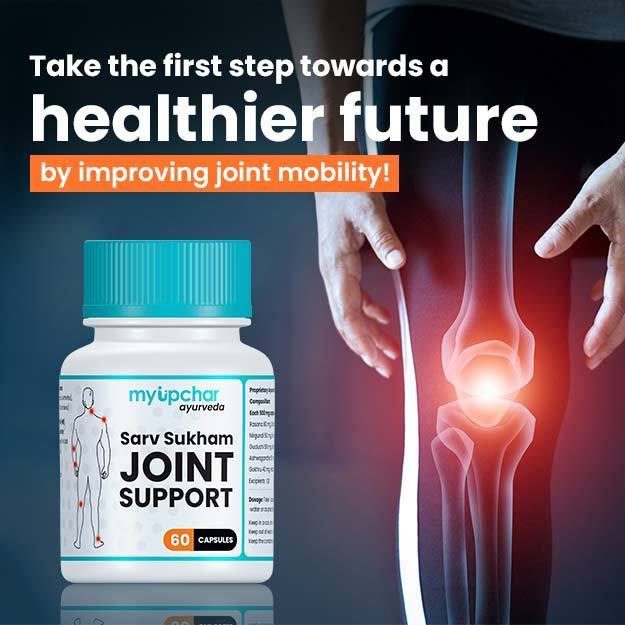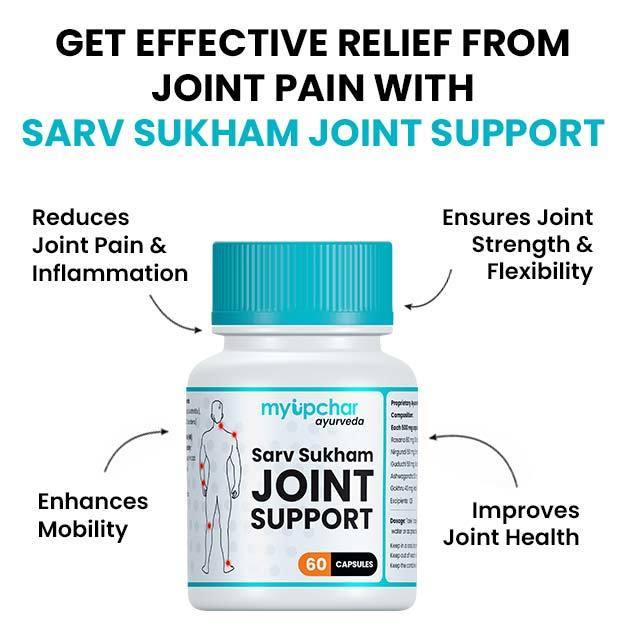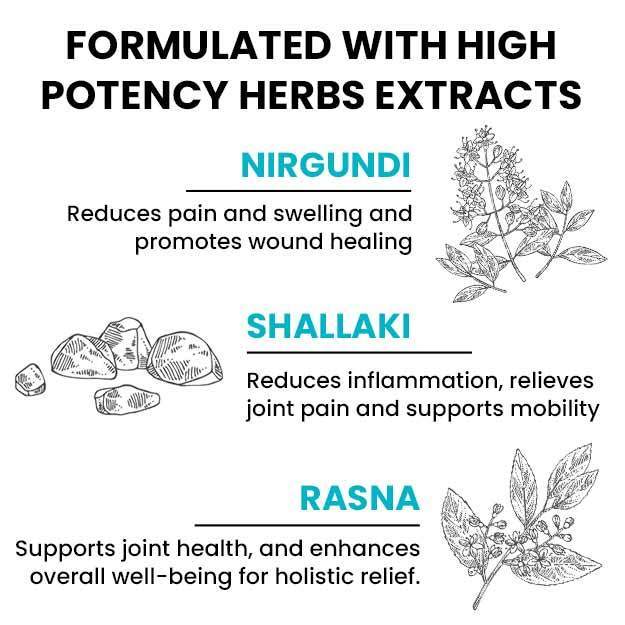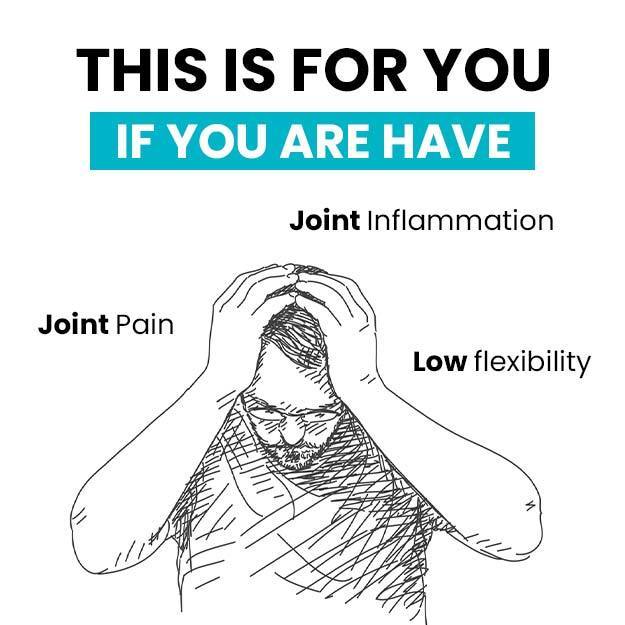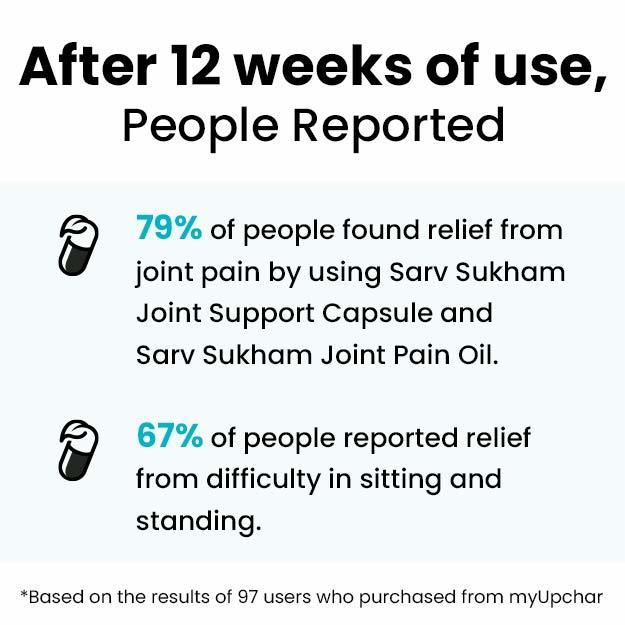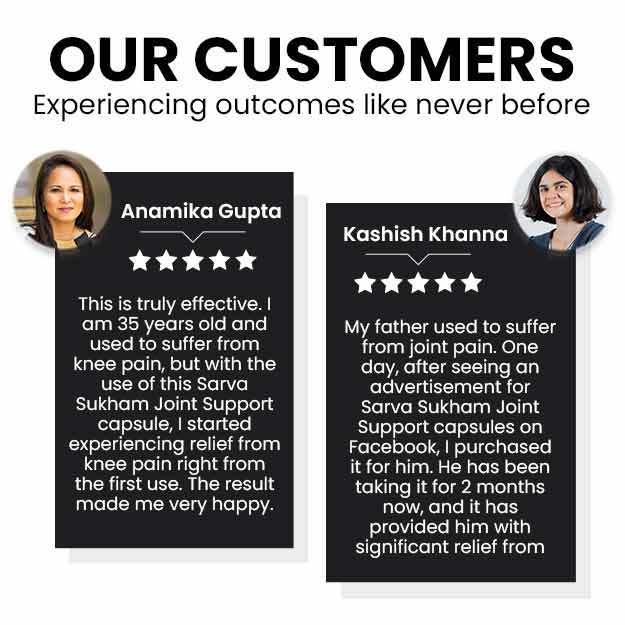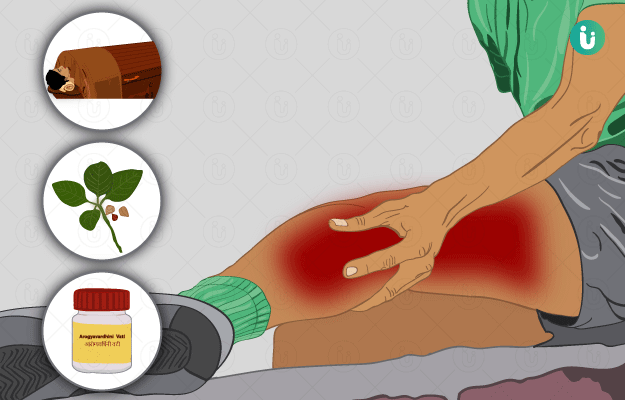A recent comprehensive review has associated yoga and exercises with pain relief.
The study suggests that yoga and exercise can help you get rid of the leg pain. Sarvanga asana is one of the most beneficial yoga poses which will not only help your legs but will also help the rest of your body.
How to do it?
Lie down flat on your back and relax by taking a few deep breaths. Start raising your legs slowly in the air. Once your legs are straight up, put your palms below your back to support your waist and try to raise your torso as well.
This might not come easy in one go but with practice, you will be able to improve and balance your yoga postures.
Other exercises and the correct way of doing them
Stretching hamstrings
Lie down on your back and slowly straighten one leg in the air so that the soul of your foot faces the ceiling.
Support your thigh with your hands or a towel wrapped around it. Hold this position for 10 seconds and repeat the same with the other leg. Do this at least ten times per leg.
Heel Slide
Lie down on your back and relax. Take a few deep breaths.
Now gently slide the heel of one foot on the mat and fold your leg such that the heel gets closer to your hip. Repeat the same with the other leg. Do this exercise for five minutes.
Swiss ball squats
Take a swiss ball and pin it between your back and the wall. Stand in a position so that your feet are two feet away from your body.
Now gently slide down while stabilizing the ball till your thighs are parallel to the floor. Stretch your arms out in front of your chest. Repeat this at least 12-15 times.
Quad press
Keep your feet and palms on the floor and balance your weight. Your heels should be off the floor. Now, slowly bend your elbows and knees and lower down your body. Keep your back flat while doing this. Repeat this exercise at least ten times.
Lunges
Start with keeping your upper body straight and keep your chin up. Relax your shoulders. Take a step forward with one leg and gently lower your body till both your knees are at a 90-degree angle.
Your front knee should be exactly above your ankle. Repeat the same by bringing the other leg forward. Do this 10 times with one leg.
If you have doubts, you should always consult a physiotherapist to ask if these exercises are suitable for you. The physiotherapist will also help you in knowing the correct way of doing these exercises.

